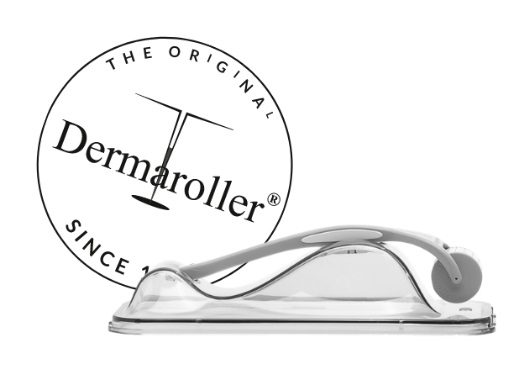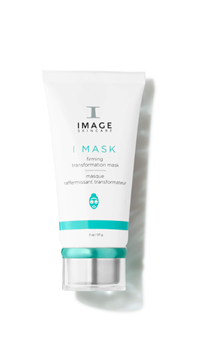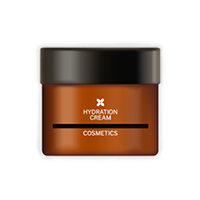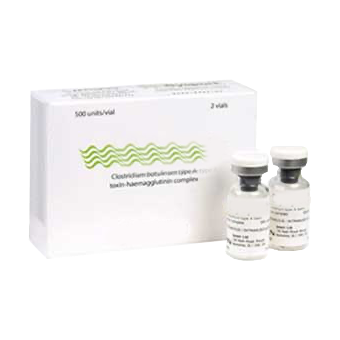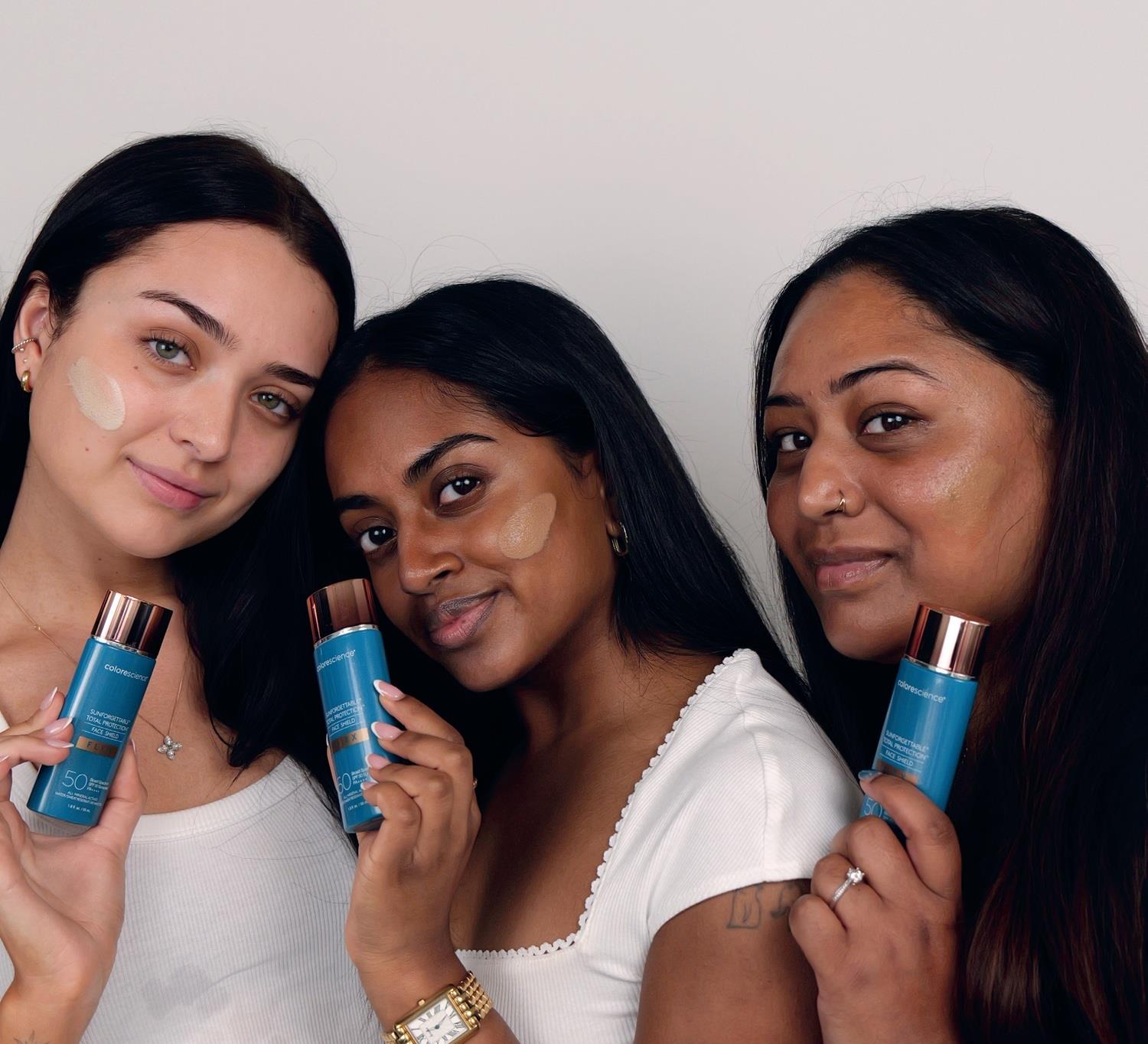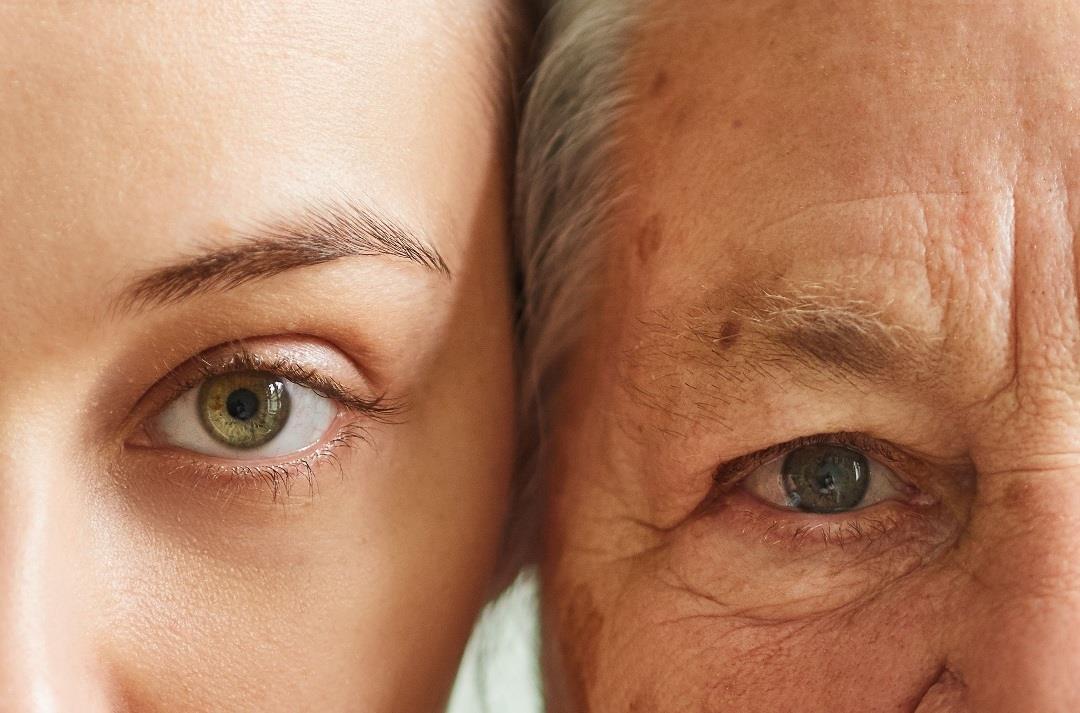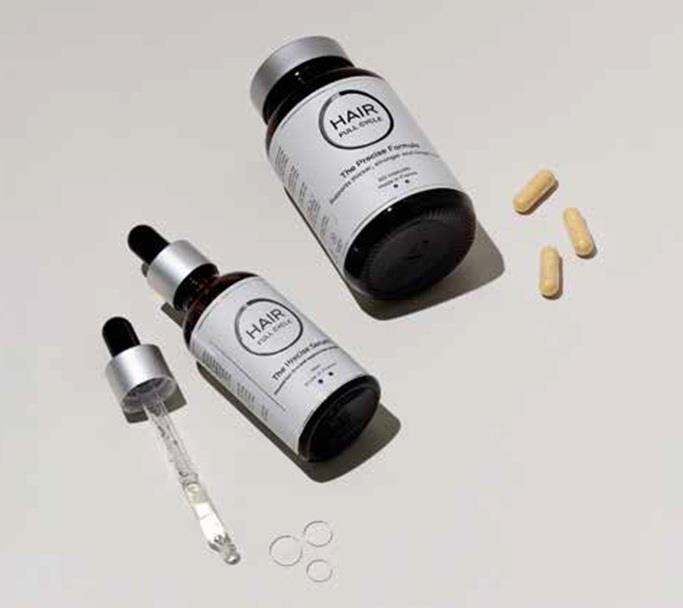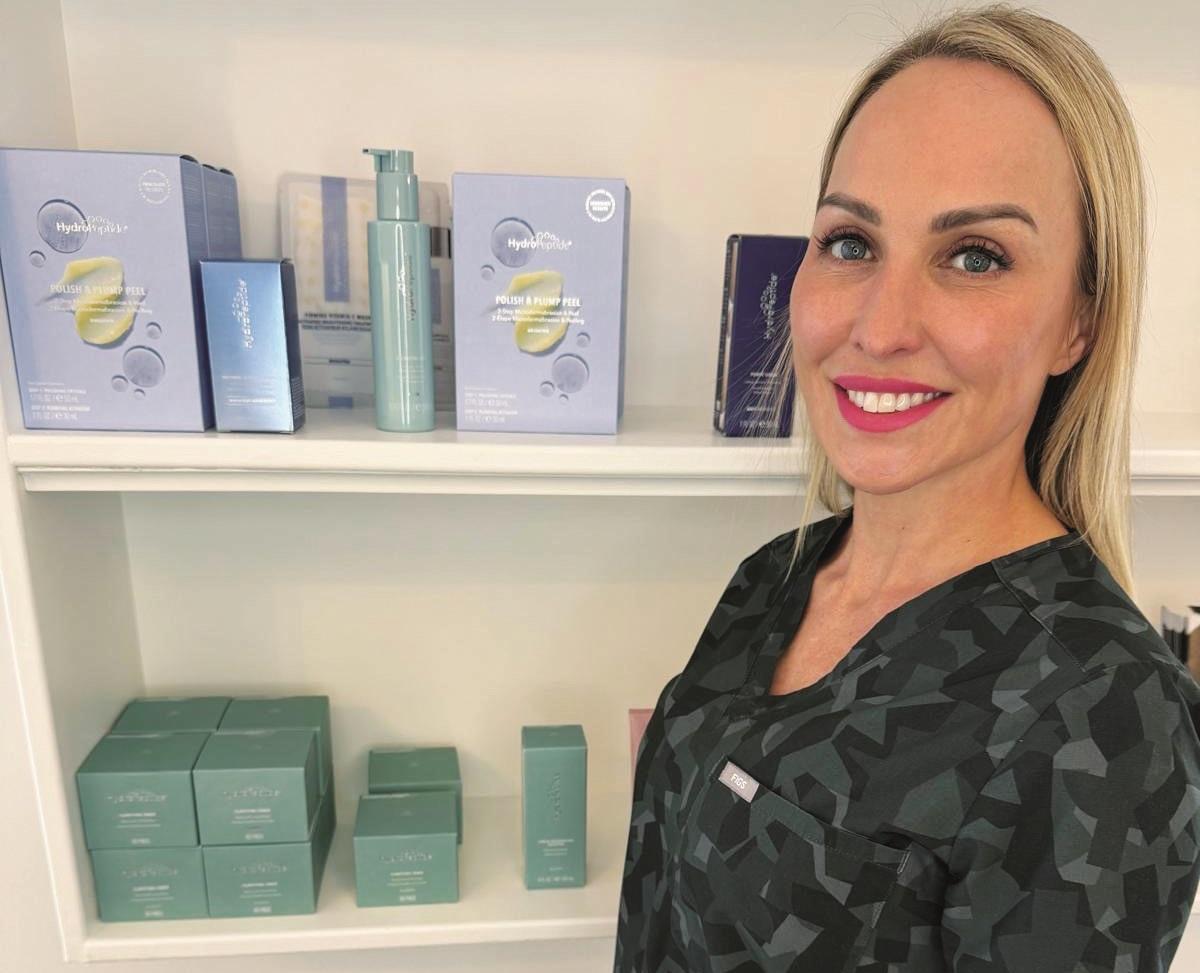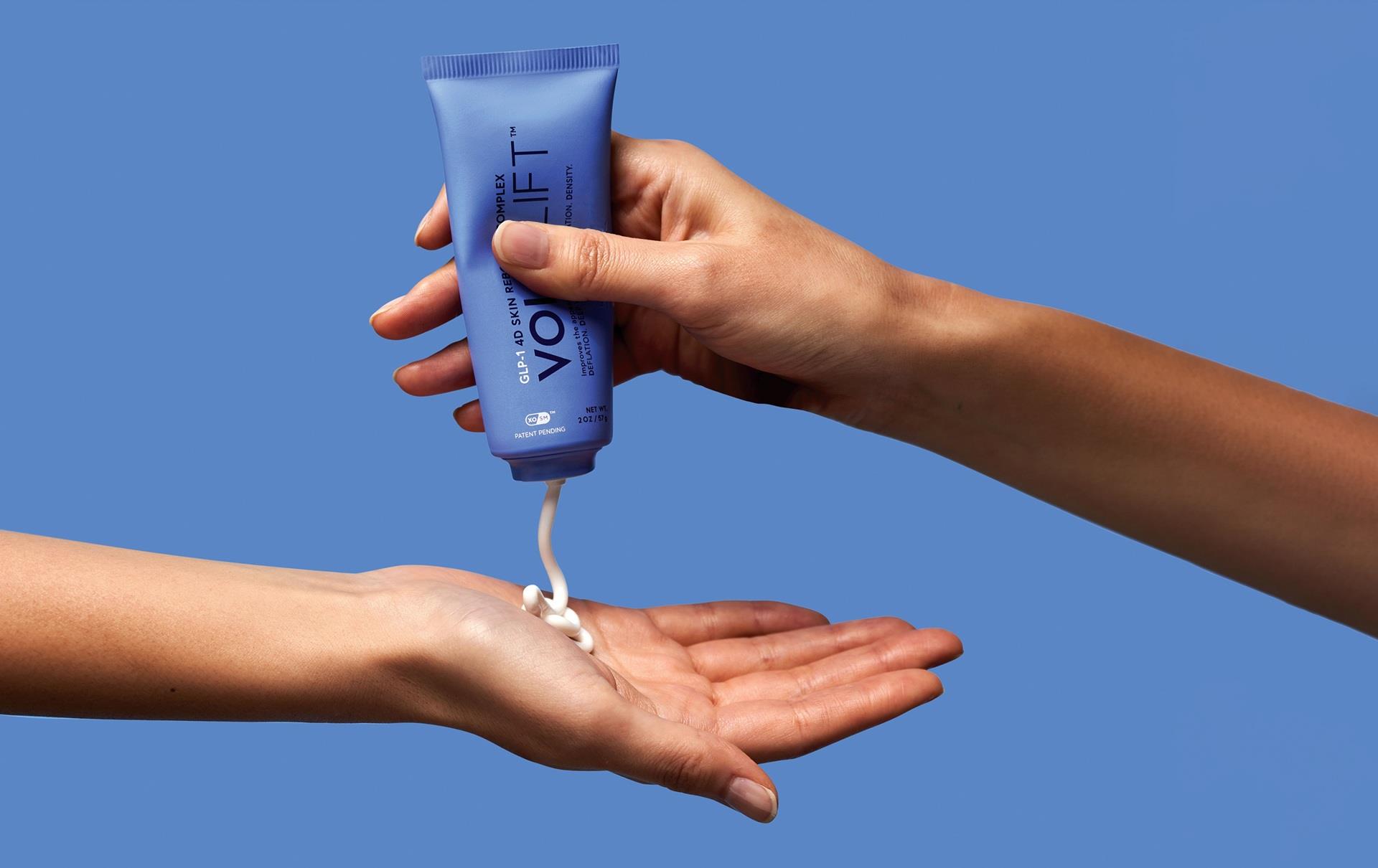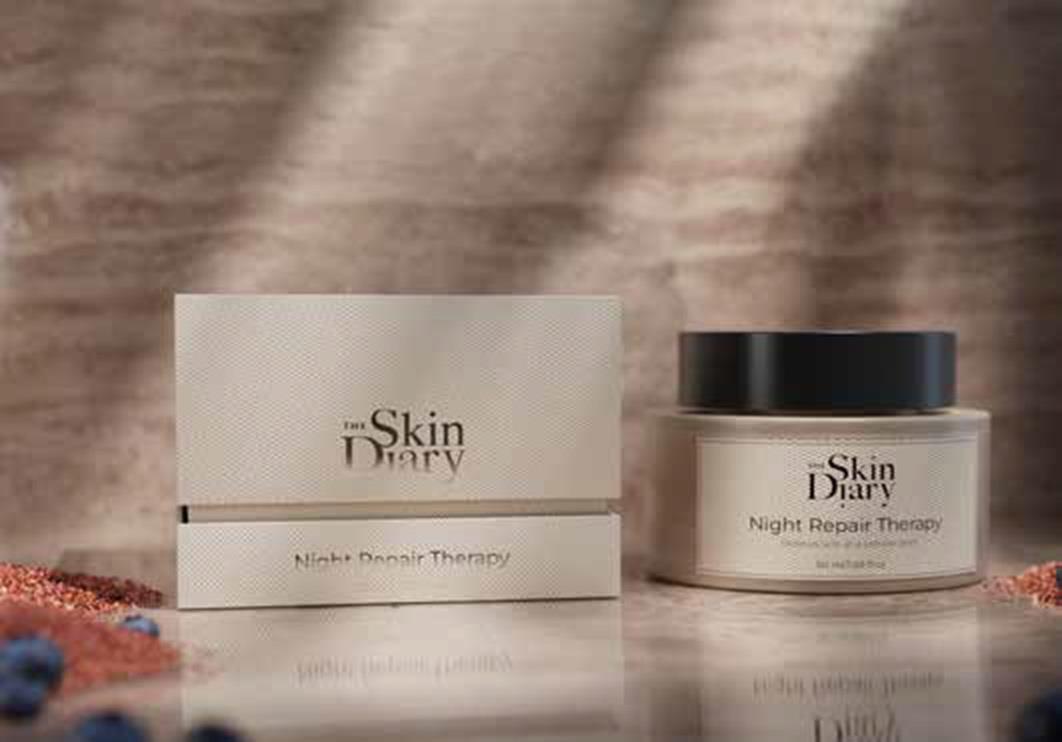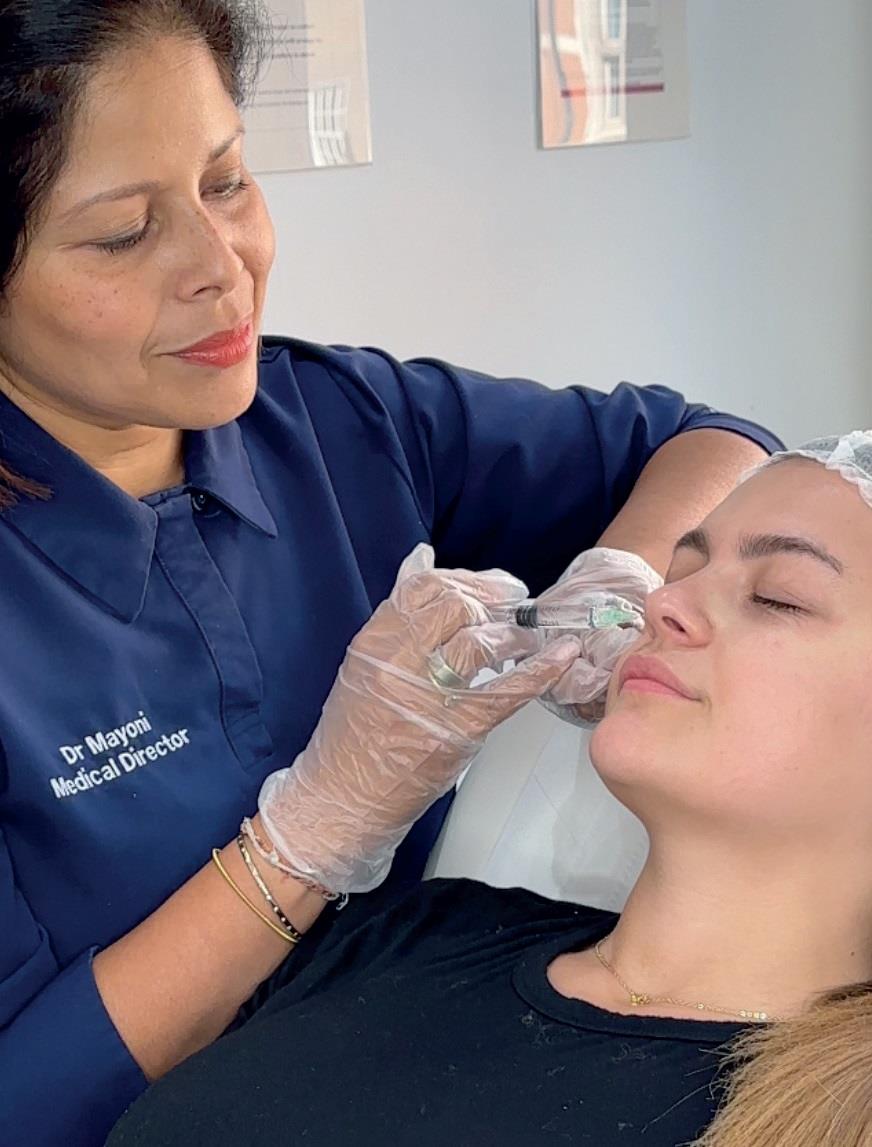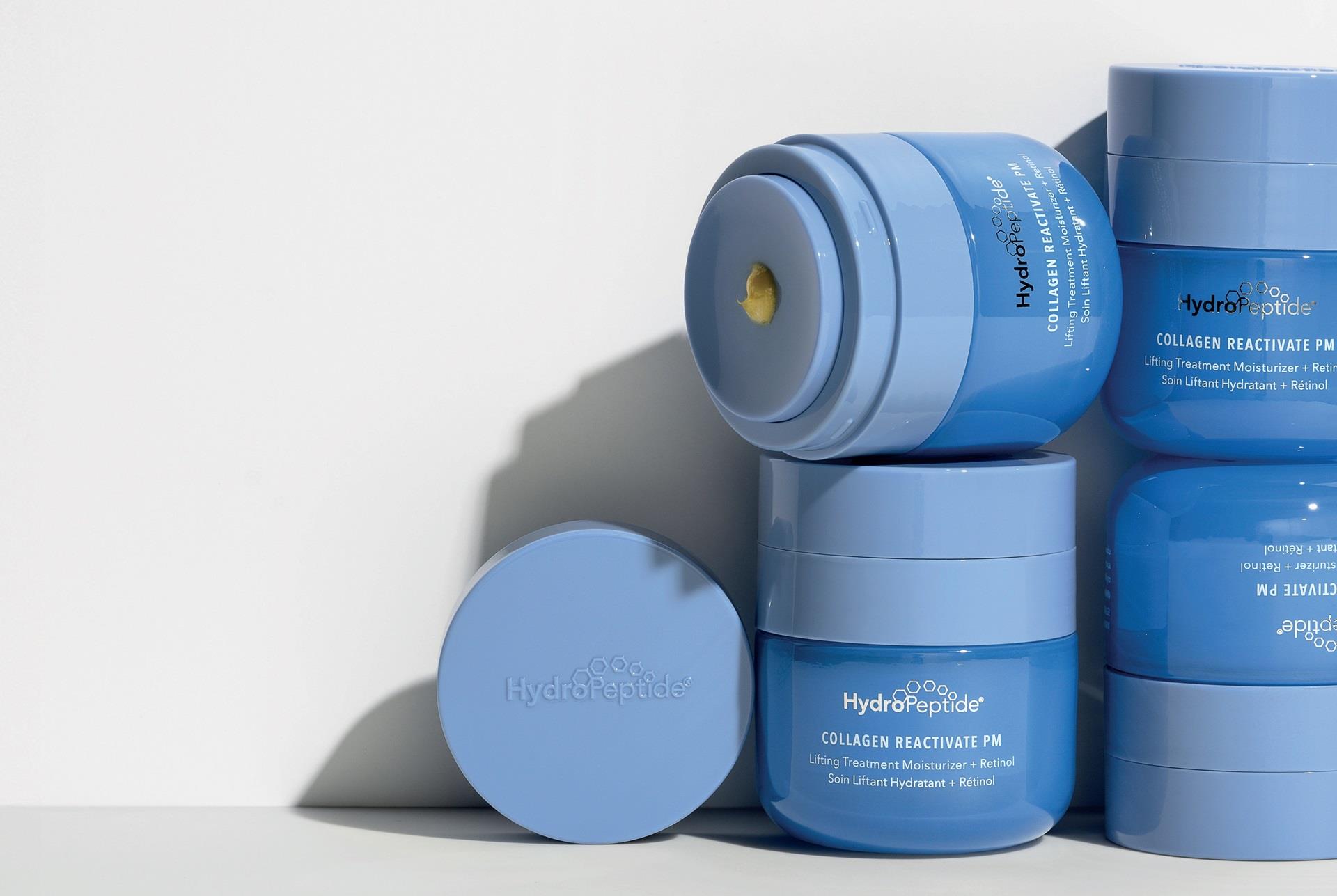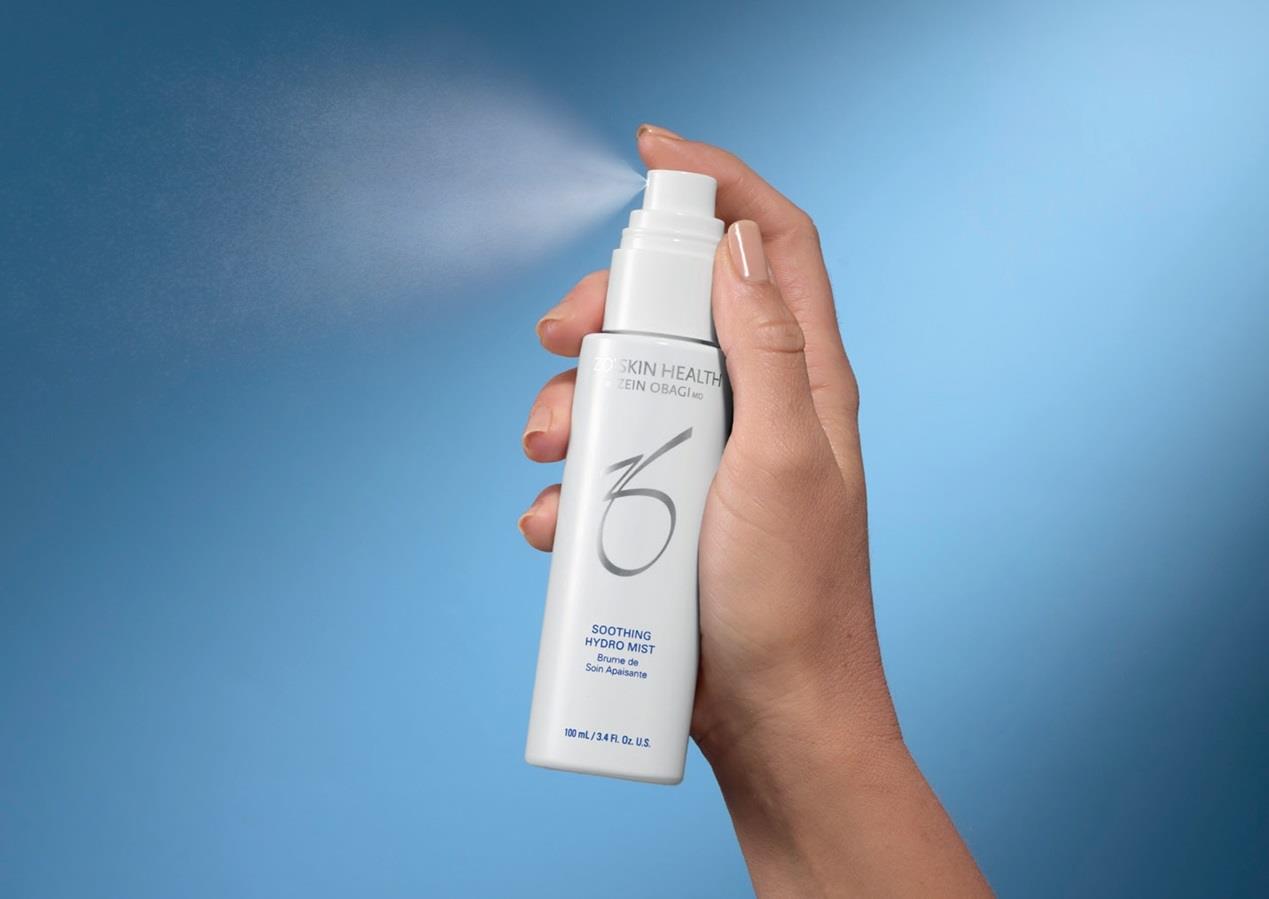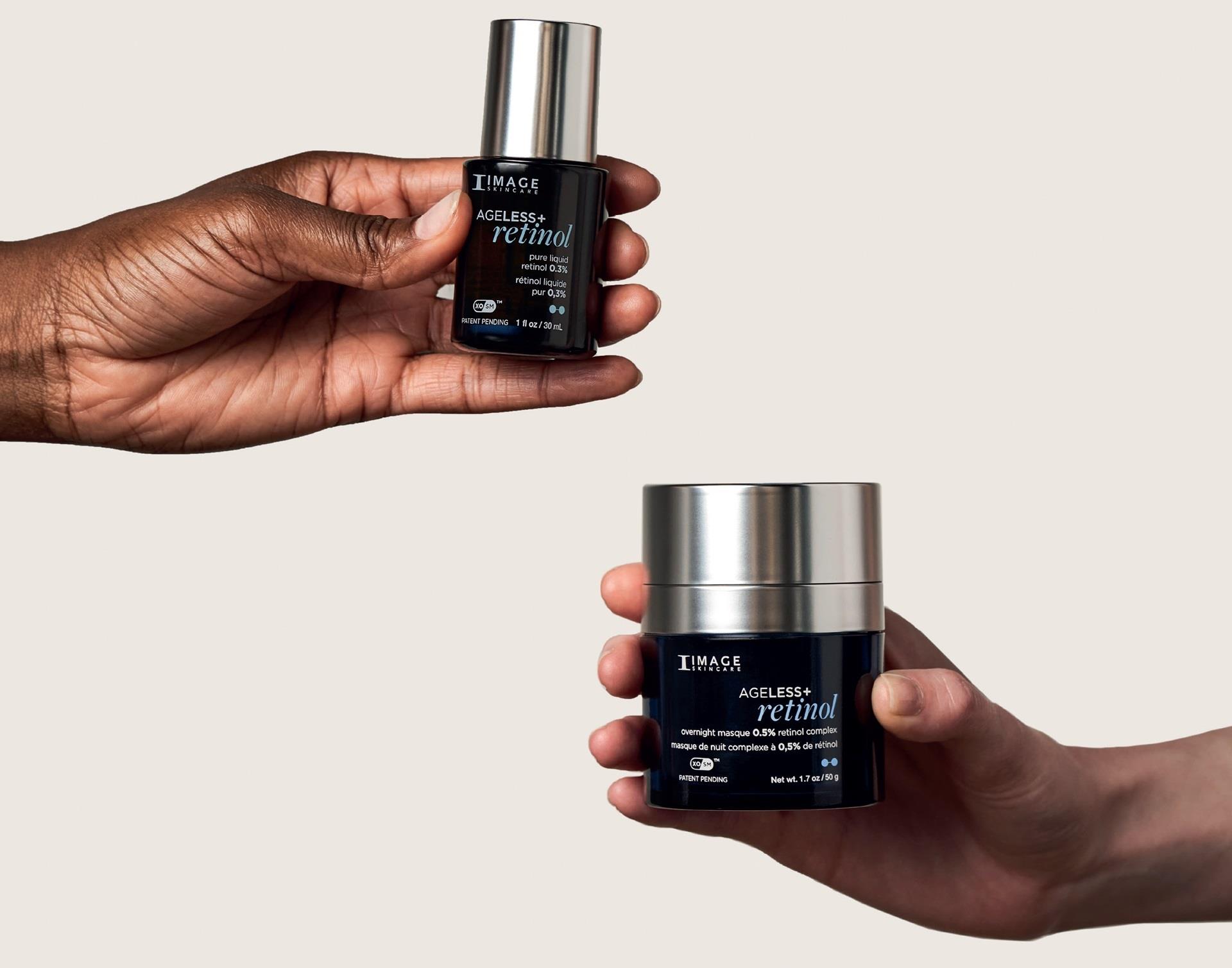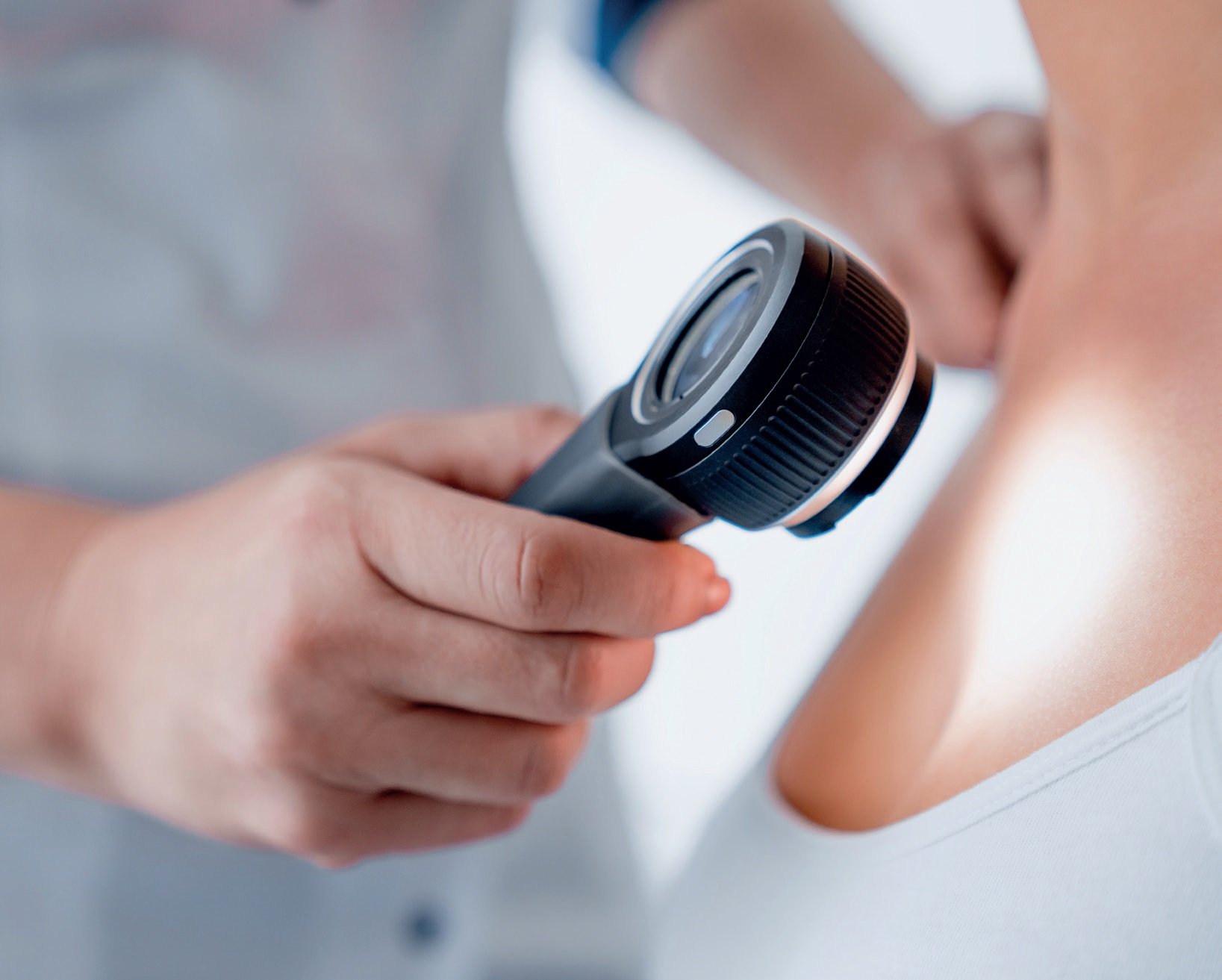
Dermoscopy is a painless, non-invasive, technique using a dermatoscope that enhances the visualisation of underlying skin structures, allowing for a more accurate diagnosis of various dermatological conditions, including skin lesions.
Modern dermatoscopes are equipped with high-quality magnification lenses, polarised and non-polarised light sources, and advanced imaging technology. This allows for high-resolution photographs to be taken and stored, facilitating documentation and image sharing.
Research indicates that dermoscopy offers significantly higher diagnostic accuracy compared to naked-eye examination, aiding in the early detection of skin malignancy. However, its effectiveness depends on the practitioner’s experience. Advances in digital dermoscopy systems provide image storage and sharing capabilities, allowing for second opinions and long-term monitoring.
The aesthetic industry has seen remarkable growth in recent years, with mole removal and lesion excision becoming increasingly common in aesthetic clinics. Consequently, screening for malignant lesions is becoming more important in the private aesthetic sector. Dermoscopic examination plays a crucial role in making important, potentially life-saving clinical decisions. Any suspicious growths should be promptly referred to appropriate medical services.
Additionally, incorporating dermoscopic images into medical records serves both clinical and medico-legal purposes. Dermoscopy provides standardised, high-resolution images that can be re-examined for second opinions and retrospective analysis, ensuring accurate documentation and informed decision-making.
Best practices in dermoscopy include using a high-quality dermatoscope, following standardised examination protocols, and engaging in continuous education and training. A recent study by Jones et al. reported that most primary care practitioners who received one-day, face-to-face training in dermoscopy felt confident in using a dermatoscope.
Dermoscopy is an invaluable addition to aesthetic clinics, enhancing diagnostic accuracy and ensuring patient safety. The integration of dermoscopic assessments before lesion removal should become the new standard. By staying ahead with advanced diagnostic tools, aesthetic professionals can provide top-tier services with confidence.
‘To attend Wigmore Medical’s Dermoscopy training with Dr Tatyana Lapa-Enright please contact training@wigmoremedical.com. Now booking for 2 June and 29 September.’
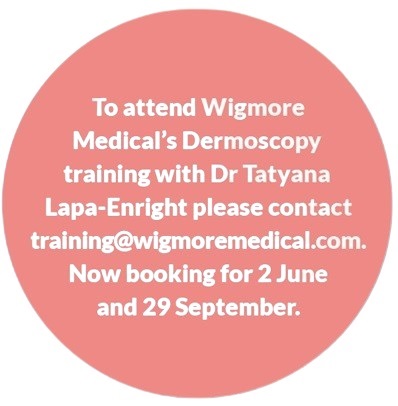
‘Make sure not to miss Dr Tatyana Lapa-Enright’s talk on Blending traditional and microbiome skincare at Wigmore Presents, Friday 25 April, Seligman theatre at 10:40am.’
 Sonthalia S, Yumeen S, Kaliyadan F. Dermoscopy Overview and Extradiagnostic Applications. [Updated 2023 Aug 8]. In: StatPearls [Internet]. Treasure Island (FL): StatPearls Publishing; 2025 Jan
Sonthalia S, Yumeen S, Kaliyadan F. Dermoscopy Overview and Extradiagnostic Applications. [Updated 2023 Aug 8]. In: StatPearls [Internet]. Treasure Island (FL): StatPearls Publishing; 2025 JanWu X, Marchetti MA, Marghoob AA. Dermoscopy: not just for dermatologists. Melanoma Manag. 2015 Feb;2(1):63-73.
Williams NM, Rojas KD, Reynolds JM, Kwon D, Shum-Tien J, Jaimes N. Assessment of Diagnostic Accuracy of Dermoscopic Structures and Patterns Used in Melanoma Detection: A Systematic Review and Meta-analysis. JAMA Dermatol. 2021 Sep 1;157(9):1078-1088.
Deda LC, Goldberg RH, Jamerson TA, Lee I, Tejasvi T. Dermoscopy practice guidelines for use in telemedicine. NPJ Digit Med. 2022 Apr 27;5(1):55.
Janda M, Horsham C, Koh U, Gillespie N, Vagenas D, Loescher LJ, Curiel-Lewandrowski C, Hofmann-Wellenhof R, Peter Soyer H. Evaluating healthcare practitioners' views on store-and-forward teledermoscopy services for the diagnosis of skin cancer. Digit Health. 2019 Feb 6
Jones OT, Jurascheck LC, Utukuri M, Pannebakker MM, Emery J, Walter FM. Dermoscopy use in UK primary care: a survey of GPs with a special interest in dermatology. J Eur Acad Dermatol Venereol. 2019 Sep;33(9)
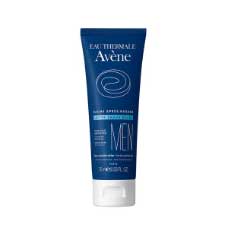
 Added to basket
Added to basket

 Unapplied Changes
Unapplied Changes


